Home>Renovation & DIY>Tools & Equipment>Why Does My Sandpaper Keep Falling Off
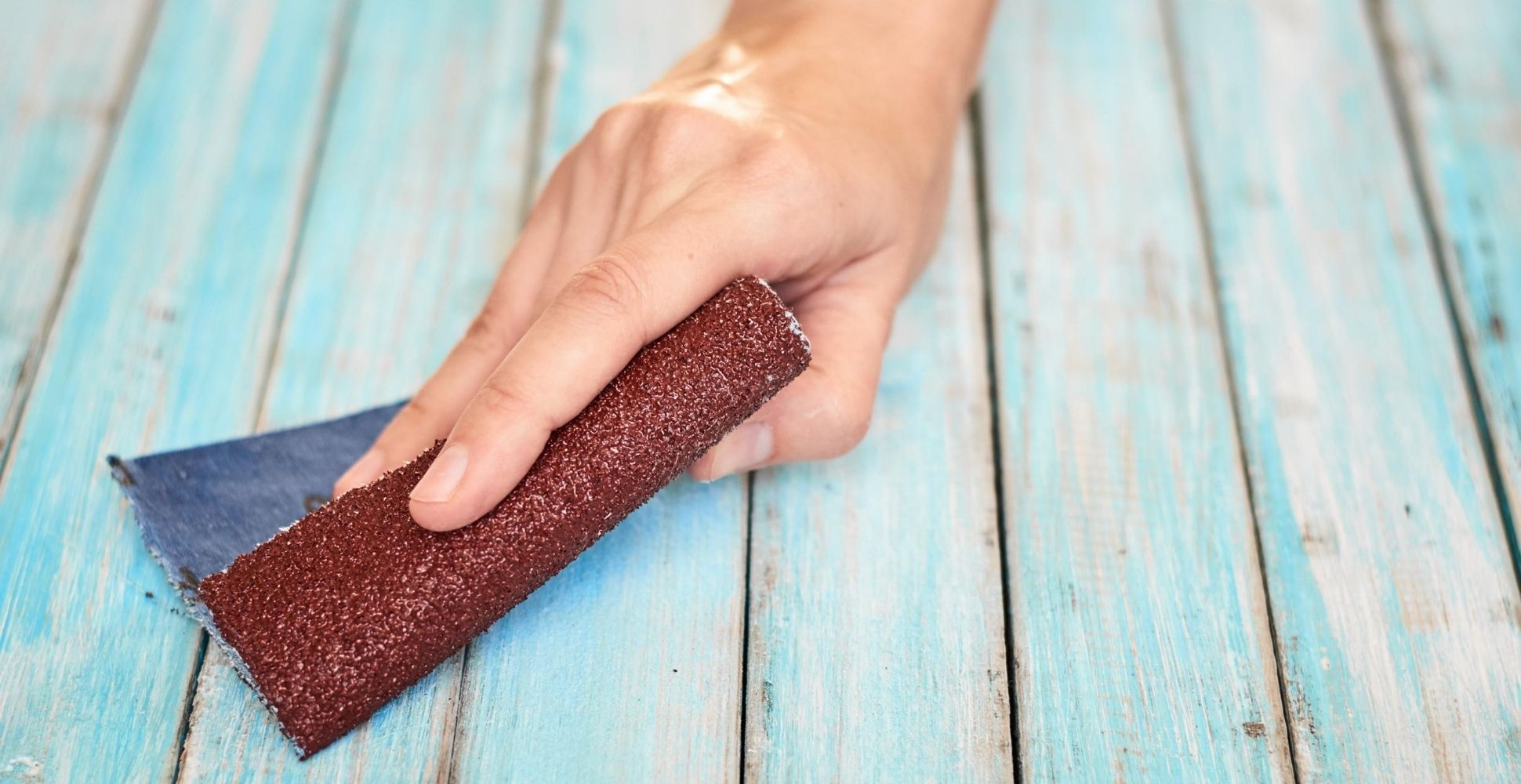

Tools & Equipment
Why Does My Sandpaper Keep Falling Off
Published: December 20, 2023
Discover the reasons why your sandpaper keeps falling off and learn how to prevent it with the right tools and equipment. Avoid frustration and wasted time with these helpful tips.
(Many of the links in this article redirect to a specific reviewed product. Your purchase of these products through affiliate links helps to generate commission for Storables.com, at no extra cost. Learn more)
**
Introduction
**
Are you frustrated by the constant struggle of your sandpaper slipping off your sanding block or power sander? You're not alone. Many DIY enthusiasts and professionals encounter this issue, which can be both time-consuming and exasperating. The repetitive interruption to reattach the sandpaper not only disrupts the workflow but also affects the quality of the finish. Understanding the reasons behind this common problem and discovering effective solutions is crucial for a seamless and productive sanding experience. In this article, we'll delve into the factors contributing to sandpaper detachment and explore practical strategies to prevent this nuisance, allowing you to achieve smoother and more consistent results in your woodworking and home improvement projects. Let's embark on a journey to conquer the pesky issue of sandpaper falling off, empowering you to elevate your craftsmanship and efficiency.
**
Key Takeaways:
- Say goodbye to frustrating sandpaper mishaps! Choose high-quality sandpaper, proper adhesives, and techniques to prevent detachment and achieve smoother results in your woodworking projects.
- Elevate your sanding game with proactive solutions! Keep surfaces clean, monitor environmental conditions, and use compatible tools to conquer the pesky issue of sandpaper falling off, ensuring seamless and refined results.
Read more: Why Does My Dryer Keep Shutting Off
Understanding the Problem
**
Before delving into the solutions, it’s essential to comprehend why sandpaper tends to detach during the sanding process. The primary purpose of sandpaper is to abrade the surface of the material, smoothing out imperfections and preparing it for finishing. However, the constant friction and pressure exerted during sanding can lead to the gradual loosening of the sandpaper from the sanding block or sander. This detachment not only disrupts the workflow but also compromises the quality and consistency of the sanding results.
Several factors contribute to the frustrating phenomenon of sandpaper falling off. The type of adhesive used to secure the sandpaper, the quality of the sandpaper itself, and the technique employed during sanding all play pivotal roles in determining the longevity of the bond between the abrasive material and the sanding tool. Additionally, environmental factors such as humidity and temperature can impact the adhesive’s effectiveness, exacerbating the issue of sandpaper detachment. By gaining a comprehensive understanding of these factors, you can proactively address the root causes and implement effective measures to prevent sandpaper from falling off, ensuring a seamless and efficient sanding process.
**
Factors Contributing to Sandpaper Falling Off
**
Several factors can contribute to the frustrating problem of sandpaper detaching during the sanding process. Understanding these factors is crucial for implementing effective preventive measures. Let’s explore the primary contributors to sandpaper falling off:
-
Adhesive Quality: The adhesive used to attach the sandpaper to the sanding block or sander is a critical factor. Low-quality or aged adhesives may lose their effectiveness, leading to poor adhesion and eventual detachment of the sandpaper during sanding. Additionally, the type of adhesive used can impact its resilience to environmental conditions and the level of friction experienced during sanding.
-
Sandpaper Quality: The quality of the sandpaper itself significantly influences its ability to remain securely attached during sanding. Inferior or worn-out sandpaper with weakened backing material is more prone to detachment. Opting for high-quality sandpaper with a durable backing can mitigate this issue, providing a more reliable and long-lasting bond.
-
Sanding Technique: The manner in which the sanding tool is used can also affect the adhesion of the sandpaper. Excessive pressure or uneven sanding motions may cause the sandpaper to peel off prematurely. Employing a consistent and controlled sanding technique can help maintain a secure bond between the sandpaper and the sanding tool.
-
Environmental Factors: Humidity and temperature can impact the adhesive's effectiveness, potentially leading to premature detachment of the sandpaper. High humidity levels can weaken the adhesive, while extreme temperatures can alter its properties, affecting its ability to maintain a strong bond with the sandpaper.
-
Tool Design and Compatibility: The design of the sanding block or power sander, as well as its compatibility with the specific type of sandpaper being used, can influence the likelihood of detachment. Ensuring that the sanding tool is compatible with the chosen sandpaper and provides adequate support can help prevent the sandpaper from slipping off during use.
By acknowledging these contributing factors, you can take proactive measures to address them and minimize the occurrence of sandpaper detachment, enhancing the efficiency and quality of your sanding endeavors.
**
Make sure the sandpaper is the right size for the sanding block and that it’s securely attached. You can use adhesive spray or double-sided tape to help it stay in place.
Solutions to Prevent Sandpaper from Falling Off
**
Addressing the factors that contribute to sandpaper detachment is essential for preventing this common issue and optimizing the sanding process. Implementing effective solutions can significantly enhance the bond between the sandpaper and the sanding tool, ensuring a smoother and more efficient sanding experience. Let’s explore practical strategies to prevent sandpaper from falling off:
-
Choose High-Quality Sandpaper: Opt for premium-quality sandpaper with a durable backing material. High-quality sandpaper is less likely to deteriorate during sanding, providing a more reliable and long-lasting bond with the sanding block or sander.
-
Select the Appropriate Adhesive: Utilize high-quality adhesives specifically designed for securing sandpaper. Consider adhesive options that offer resilience to environmental factors such as humidity and temperature fluctuations. Ensure that the adhesive is compatible with the type of sandpaper being used.
-
Prepare the Sanding Surface: Ensure that the surface to be sanded is clean and free of any debris or contaminants that may compromise the adhesion of the sandpaper. A smooth and debris-free surface promotes better adhesion and reduces the risk of premature detachment.
-
Employ Proper Sanding Technique: Practice a consistent and controlled sanding technique, avoiding excessive pressure or uneven movements that may cause the sandpaper to peel off. Smooth and uniform sanding motions help maintain a secure bond between the sandpaper and the sanding tool.
-
Monitor Environmental Conditions: Be mindful of environmental factors such as humidity and temperature. When possible, work in a controlled environment to minimize fluctuations that may affect the adhesive’s effectiveness. Consider using a dehumidifier or air conditioning to regulate the workspace conditions.
-
Inspect and Maintain Sanding Tools: Regularly inspect the sanding block or power sander for any signs of wear or damage that may compromise its ability to securely hold the sandpaper. Replace worn-out or damaged sanding tools to ensure optimal performance and adhesion.
-
Use Compatible Sanding Tools: Ensure that the design and compatibility of the sanding block or power sander align with the specific type of sandpaper being used. Using compatible sanding tools provides adequate support and promotes a more secure bond with the sandpaper.
By implementing these proactive solutions, you can minimize the occurrence of sandpaper detachment and elevate the efficiency and quality of your sanding projects, ultimately achieving smoother and more refined results.
**
Conclusion
**
The frustration of sandpaper falling off during a sanding project can be a significant impediment to achieving smooth and consistent results. However, by understanding the factors contributing to this issue and implementing practical solutions, you can overcome this common challenge and enhance the efficiency of your sanding endeavors. Choosing high-quality sandpaper with a durable backing, utilizing appropriate adhesives, and practicing proper sanding techniques are essential steps in preventing sandpaper detachment. Additionally, maintaining a clean sanding surface, monitoring environmental conditions, and using compatible sanding tools contribute to a secure and long-lasting bond between the sandpaper and the sanding tool.
By proactively addressing these factors, you can minimize the frustration of sandpaper falling off and elevate the overall quality of your woodworking and home improvement projects. A seamless and efficient sanding process not only streamlines your workflow but also contributes to the attainment of professional-quality finishes. Whether you’re a seasoned woodworker or a DIY enthusiast, conquering the challenge of sandpaper detachment empowers you to achieve smoother, more refined results, enhancing the overall craftsmanship and satisfaction derived from your projects.
Embrace the knowledge and strategies shared in this article to transform your sanding experience, bidding farewell to the exasperating issue of sandpaper falling off. By implementing these solutions, you’ll embark on a journey of uninterrupted and gratifying sanding, ultimately elevating the quality and precision of your woodworking and home improvement endeavors.
Frequently Asked Questions about Why Does My Sandpaper Keep Falling Off
Was this page helpful?
At Storables.com, we guarantee accurate and reliable information. Our content, validated by Expert Board Contributors, is crafted following stringent Editorial Policies. We're committed to providing you with well-researched, expert-backed insights for all your informational needs.
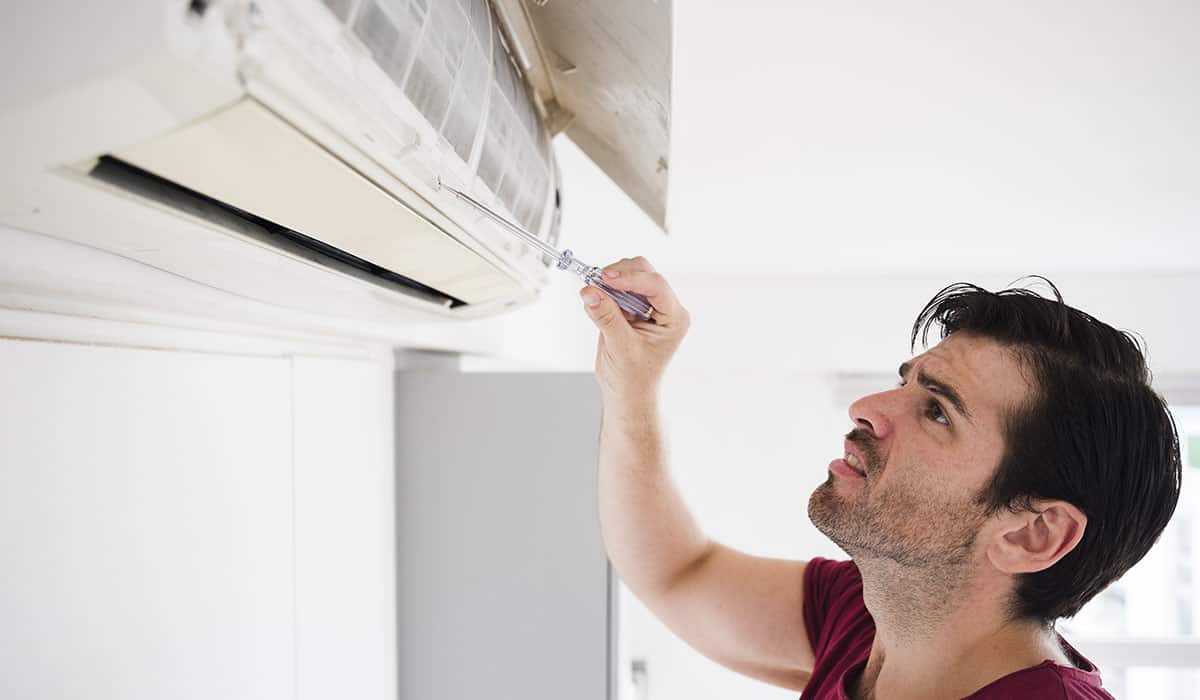



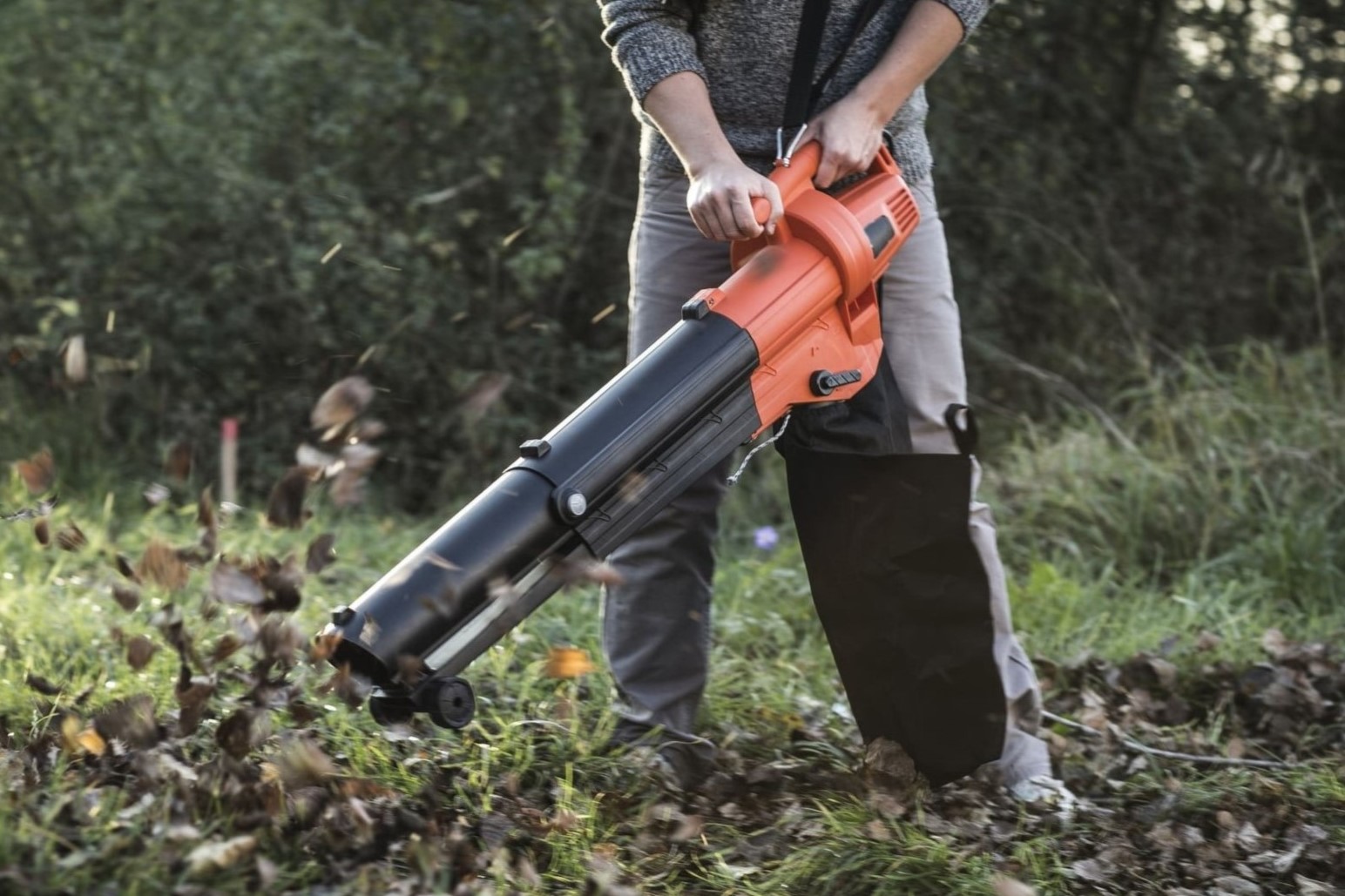

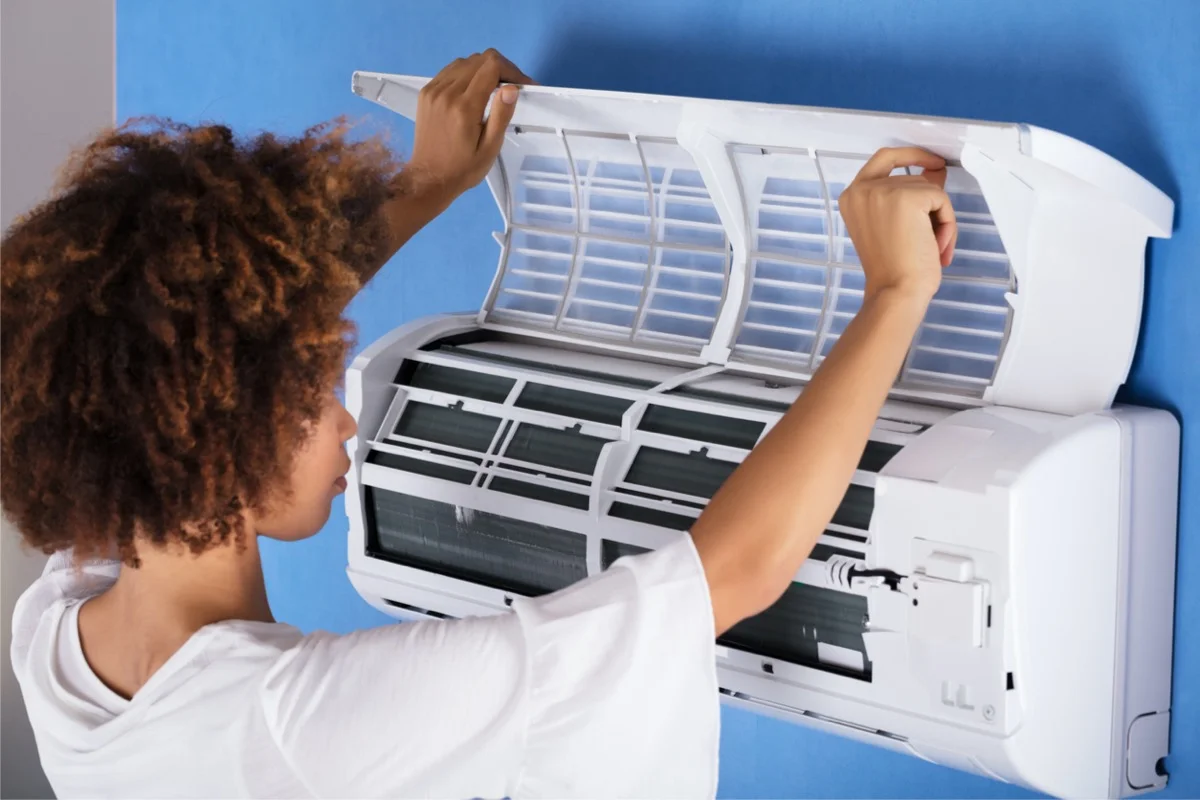
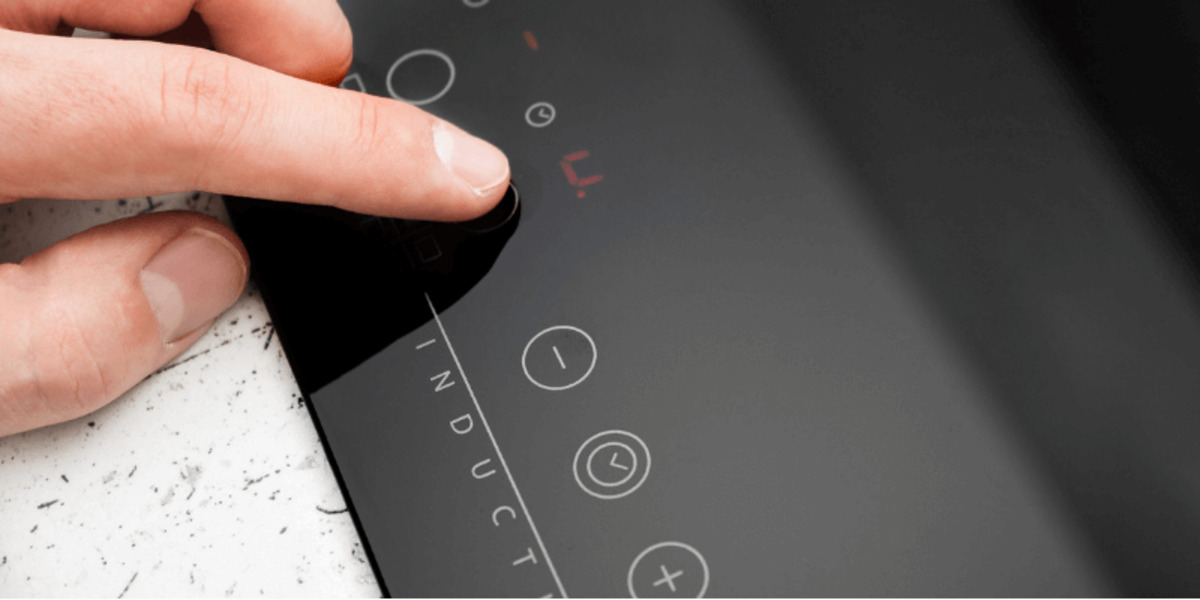
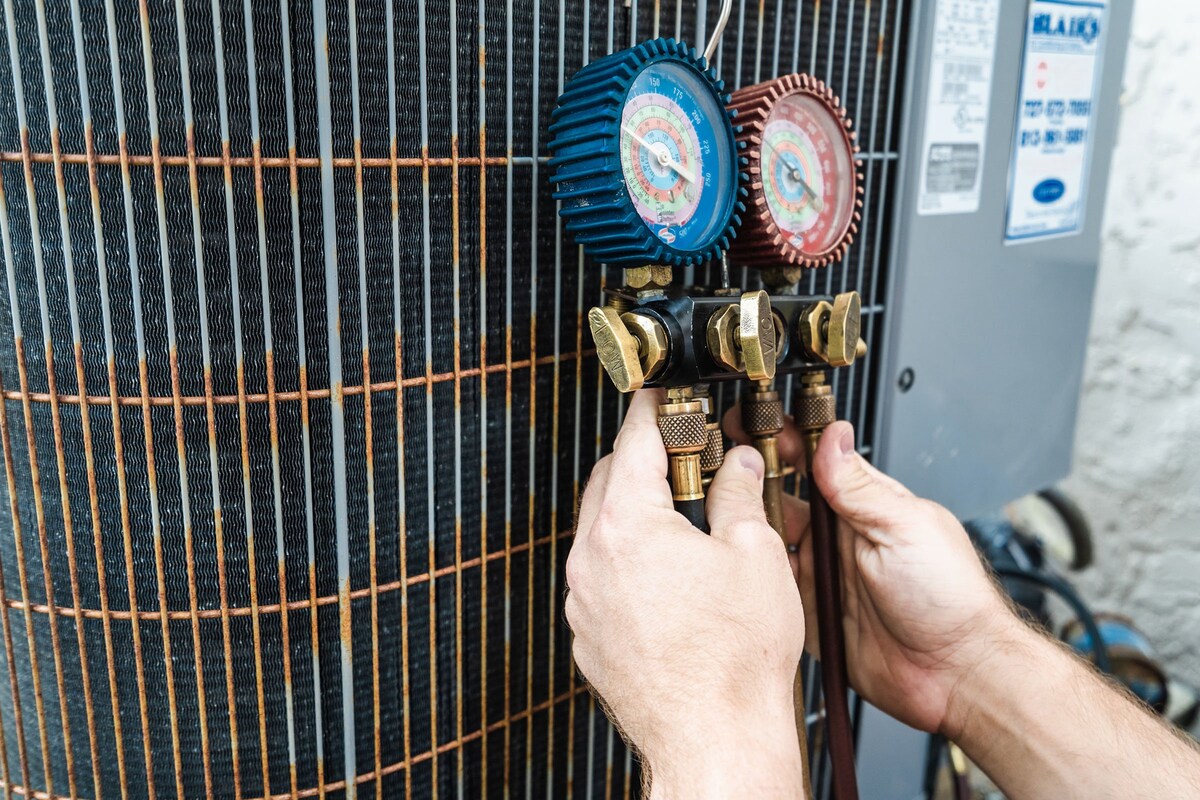
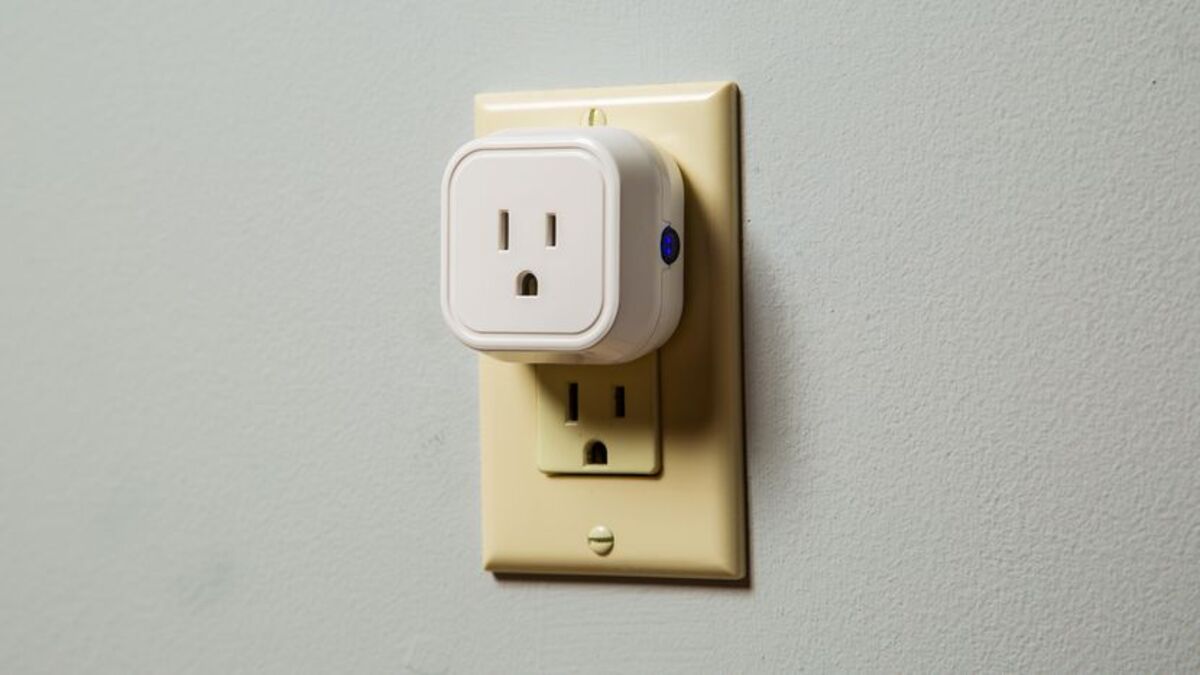

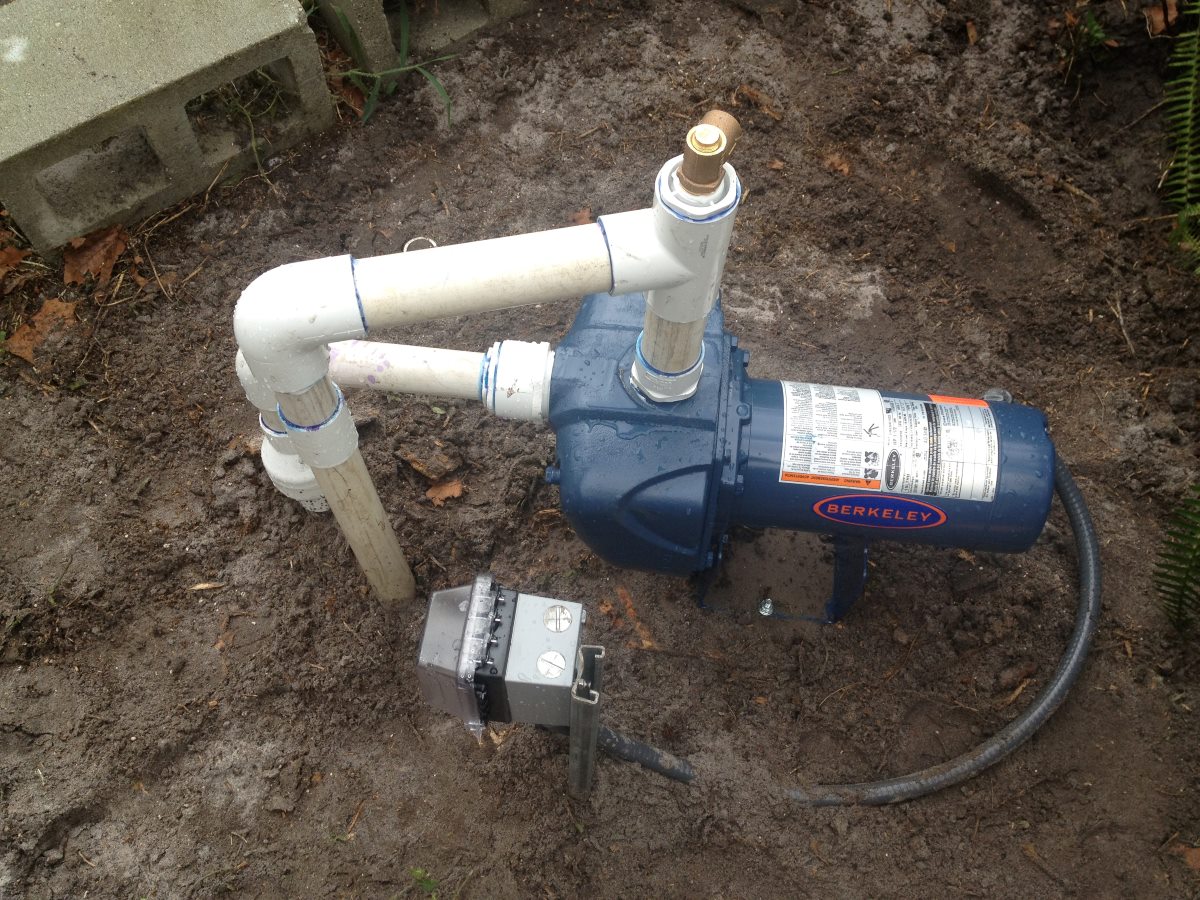
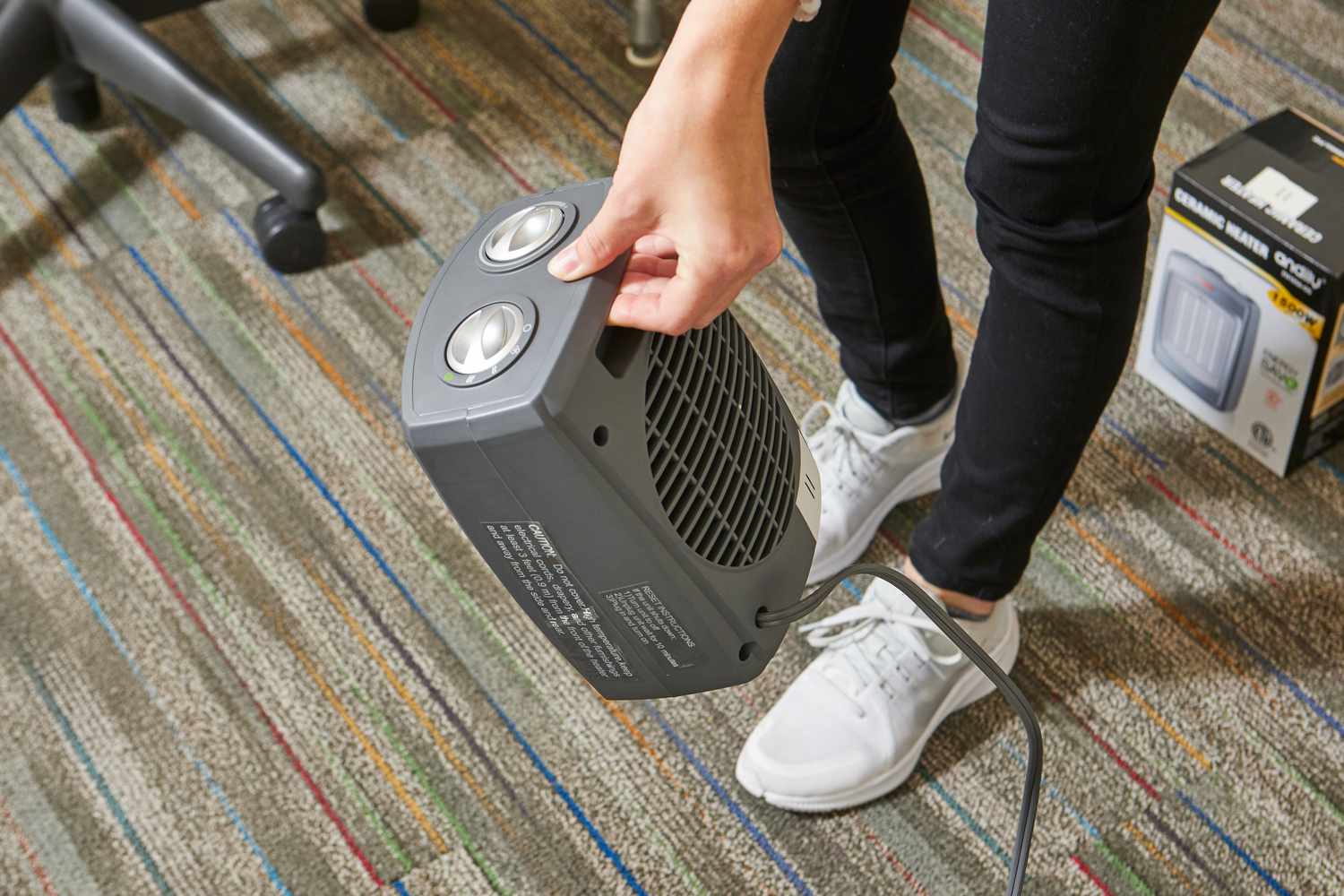

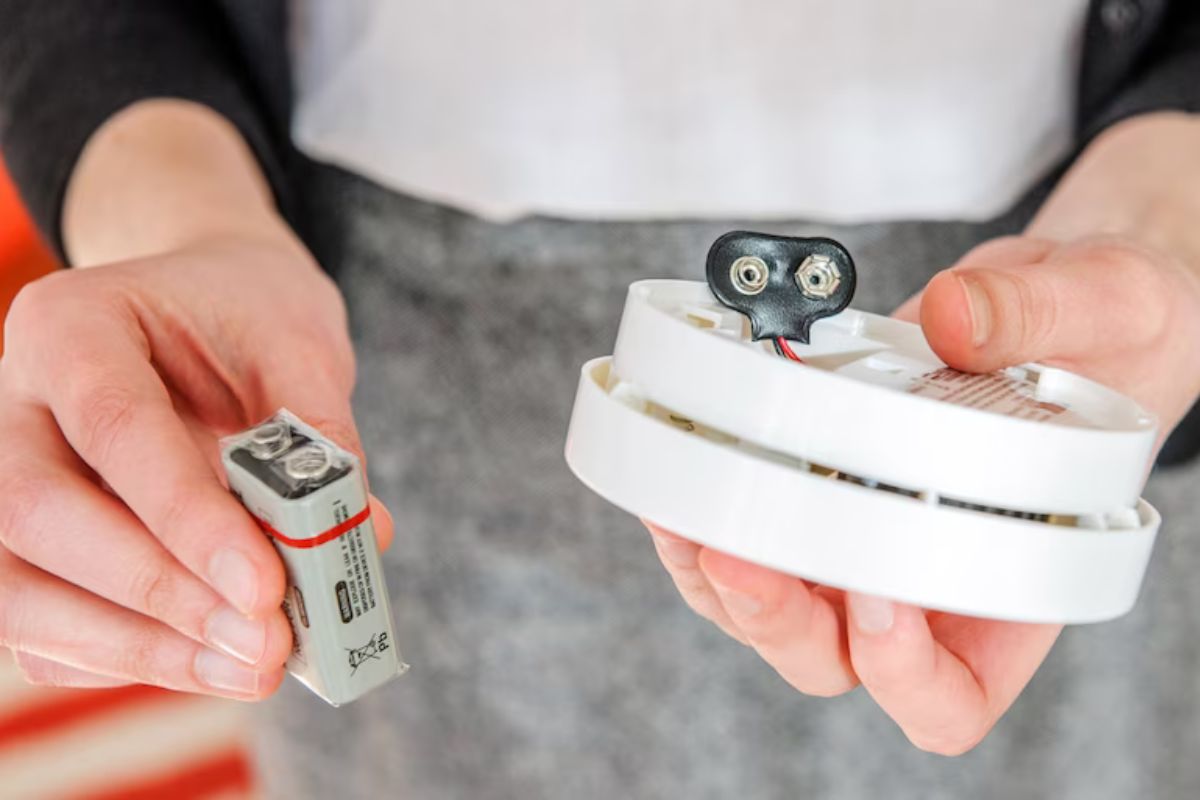

0 thoughts on “Why Does My Sandpaper Keep Falling Off”